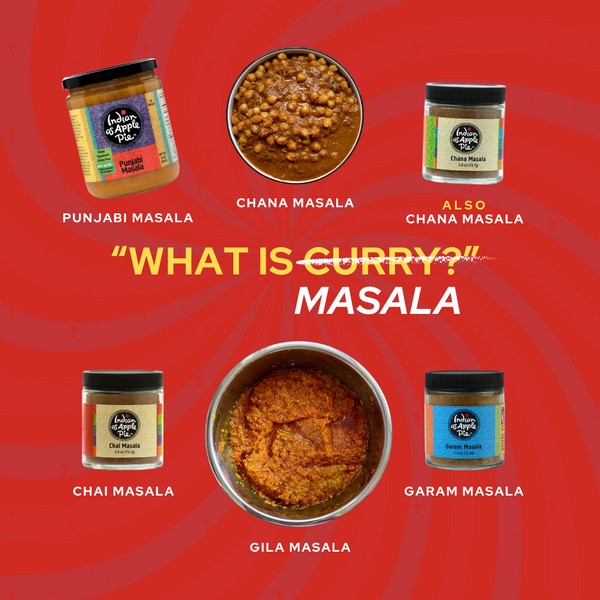The vibrant world of Indian cuisine often revolves around two terms: “curry” and “masala.” While “curry” is a widely recognized term in the West, its usage can often be misleading. Let’s delve into the heart of Indian cooking and truly understand: What Is Masala?
Masala: The Foundation of Flavor
Simply put, masala translates to “spice mixture.” It’s the cornerstone of most Indian dishes, representing a blend of various spices, either whole or ground, carefully combined to create a unique flavor profile.
So, what differentiates a masala from just any collection of spices?
- Complexity: A masala is more than the sum of its parts. The spices are chosen for how they interact, creating nuanced and layered flavors.
- Preparation: Spices are often roasted before grinding, enhancing their aroma and flavor.
- Purpose: Different masalas are designed for specific dishes or types of food, complementing the ingredients and cooking method.
For example, Garam Masala is a warming blend typically used as a finishing spice. Chana Masala, on the other hand, is a spice blend specifically designed to complement chickpeas, offering a slightly tart and earthy flavor.
Individual spices like cumin, turmeric, or coriander, while essential components of Indian cooking, are not masalas in themselves. They become masala when combined with other spices in a deliberate blend.
Wet Masalas: The Flavorful Paste
The term masala isn’t limited to dry spice blends. It can also refer to a paste made from fresh ingredients like onions, ginger, garlic, and spices. This wet masala, also known as Gila Masala, forms the base of many Indian curries.
Think of a wet masala as a “curry starter” – a flavorful foundation upon which to build a complete dish. These masalas deliver a deeper, fresher flavor than dry spice blends alone.
Curry vs. Masala: Untangling the Confusion
In India, the word “curry” generally refers to gravy or a saucy dish. Indians usually use the specific names of their dishes (like Chana Masala or Mattar Paneer) when speaking to each other.
However, when communicating with those unfamiliar with Indian cuisine, “curry” is often used as a general term for Indian dishes with gravy. For example, one might say “chickpea curry” or “kidney bean curry.” It’s important to note that dry vegetable dishes without gravy are typically not referred to as “curries.” Instead, one might say “curried cauliflower and potatoes” to indicate the presence of Indian spices without a water-based gravy.
The pre-mixed “curry powder” found in many Western stores is not a traditional Indian ingredient. While some Indian families may use such a blend, it’s often a result of British colonization and doesn’t represent the authentic, nuanced approach to Indian cooking that prioritizes individual masalas.
Why “Curry” Became the Catch-All Term
The use of “curry” as a blanket term likely stems from the difficulty of remembering the specific names of various Indian dishes. It’s simply easier to say “curry” than to learn and pronounce names like Chana Masala or Mattar Paneer.
However, as Indian cuisine gains popularity, people are becoming more familiar with the authentic names of dishes, reflecting a growing appreciation for the complexity and diversity of Indian flavors.
Choosing the Right Masala
Using a generic “curry powder” often results in a dish that lacks the depth and complexity of authentic Indian cuisine. To truly experience the richness of Indian food, it’s crucial to use specific masalas designed for particular dishes.
When purchasing masalas, look for high-quality blends from reliable sources. Avoid blends with artificial colors, excessive salt, or unnecessary fillers. Reading the ingredient list is key to ensuring a clean and flavorful cooking experience.

